The future of delivery, where drones bring your package in 30 minutes or less. http://voc.tv/1P6L9zh
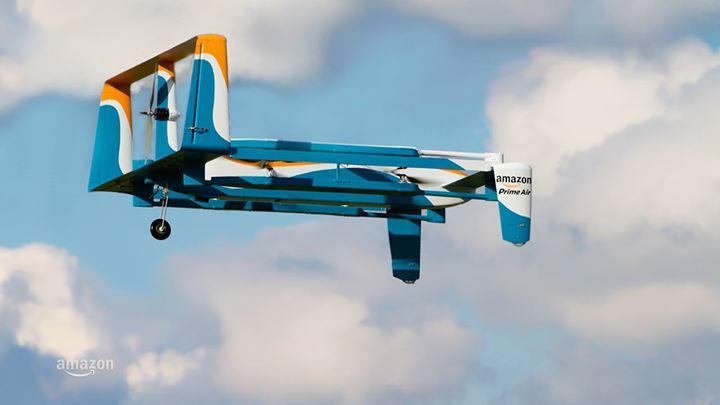

The future of delivery, where drones bring your package in 30 minutes or less. http://voc.tv/1P6L9zh
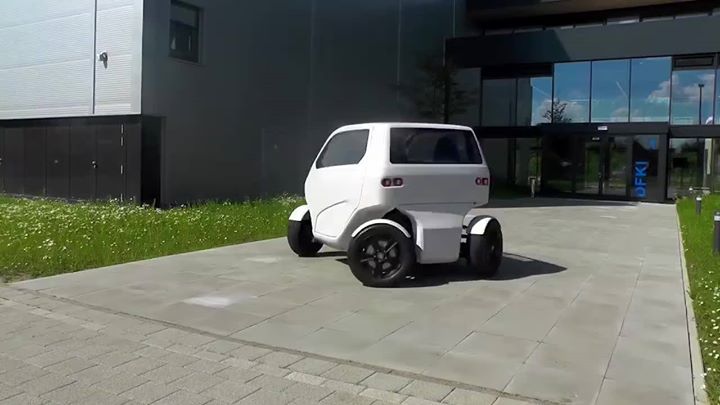
Who else wants one?
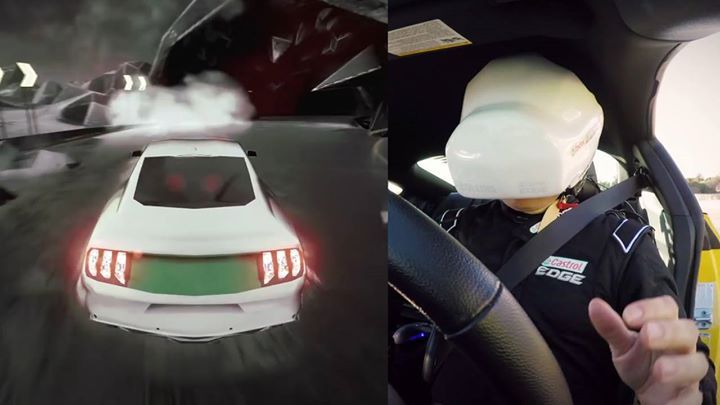
We hear about virtual reality all the time, but what if your driving in *real life* actually controlled a virtual car? http://voc.tv/1P6L9zh

Just How Much Did ‘Back to the Future’ Get Right about October 2015? 2:19.
In “Back to the Future Part II,” Marty McFly and Doc Brown travel from 1985 to October 21, 2015, to find a world filled with flying cars, hoverboards and self-drying jackets.
Those predictions didn’t exactly pan out, although people are working on each of those concepts. (Screenwriter Bob Gale did get a lot of things — from drones to fingerprint scanners — right, as he told TODAY earlier this year.)
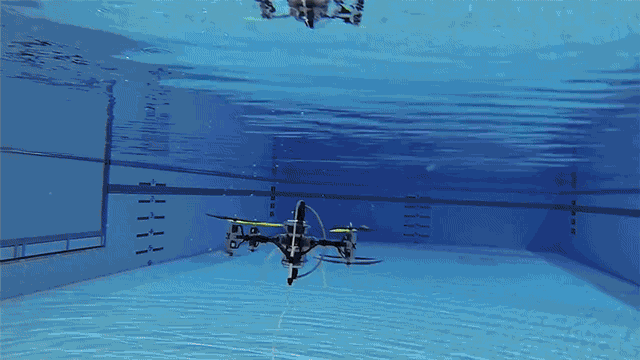
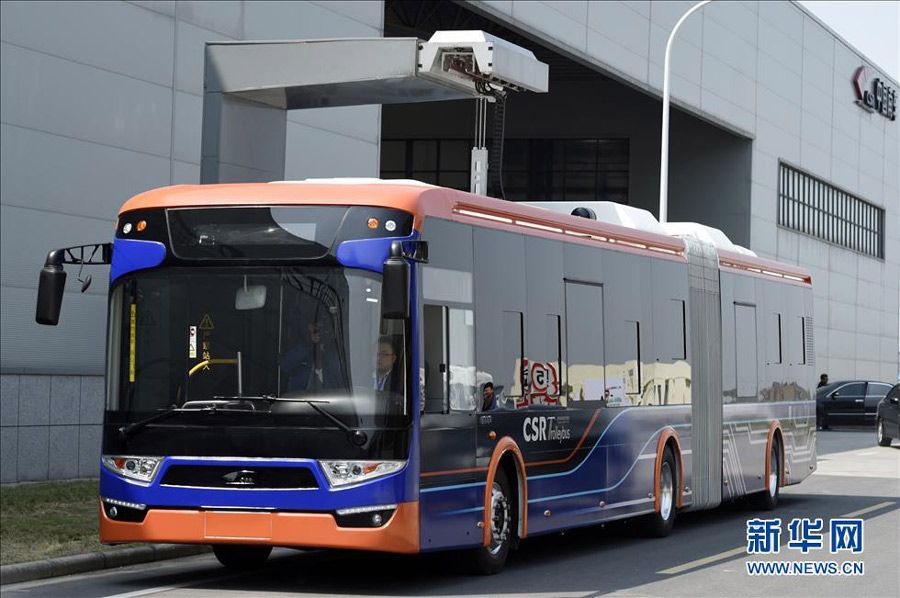
The world’s fastest charging electric bus is now operating in the eastern Chinese port city of Ningbo.
According to local transportation authorities, the public bus — which was manufactured in Ningbo and runs along a 24-stop, 11 kilometre route — takes as little as 10 seconds to charge up and be ready for the next leg of its journey.
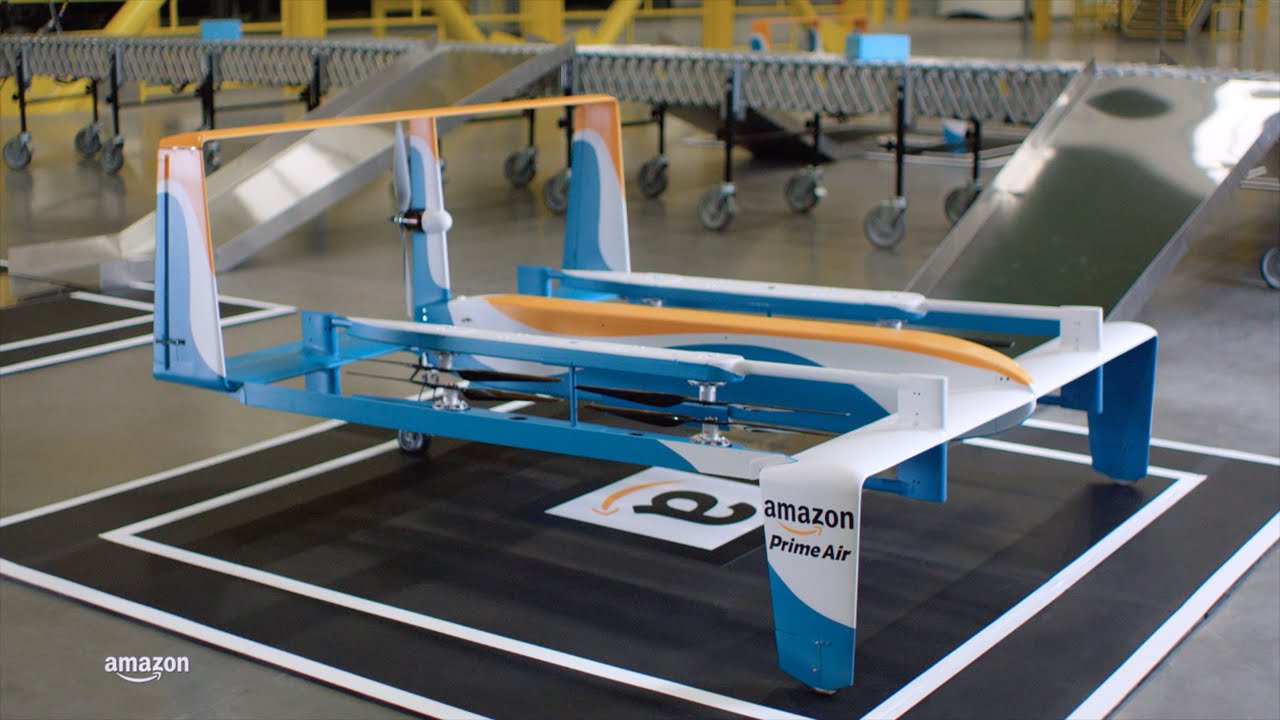
Amazon says drones can deliver packages weighing up to 5 pounds within 30 minutes.
“In time, there will be a whole family of Amazon drones,” says narrator Jeremy Clarkson, the former BBC “Top Gear” cohost who is working on a similar show for Amazon. “Different designs for different environments.”
Amazon isn’t alone in the race to create a drone-based delivery service. Alphabet, Google’s new parent company, said earlier this month it would be offering drone deliveries by 2017, and Walmart said in October it had applied for permission to test delivery drones.
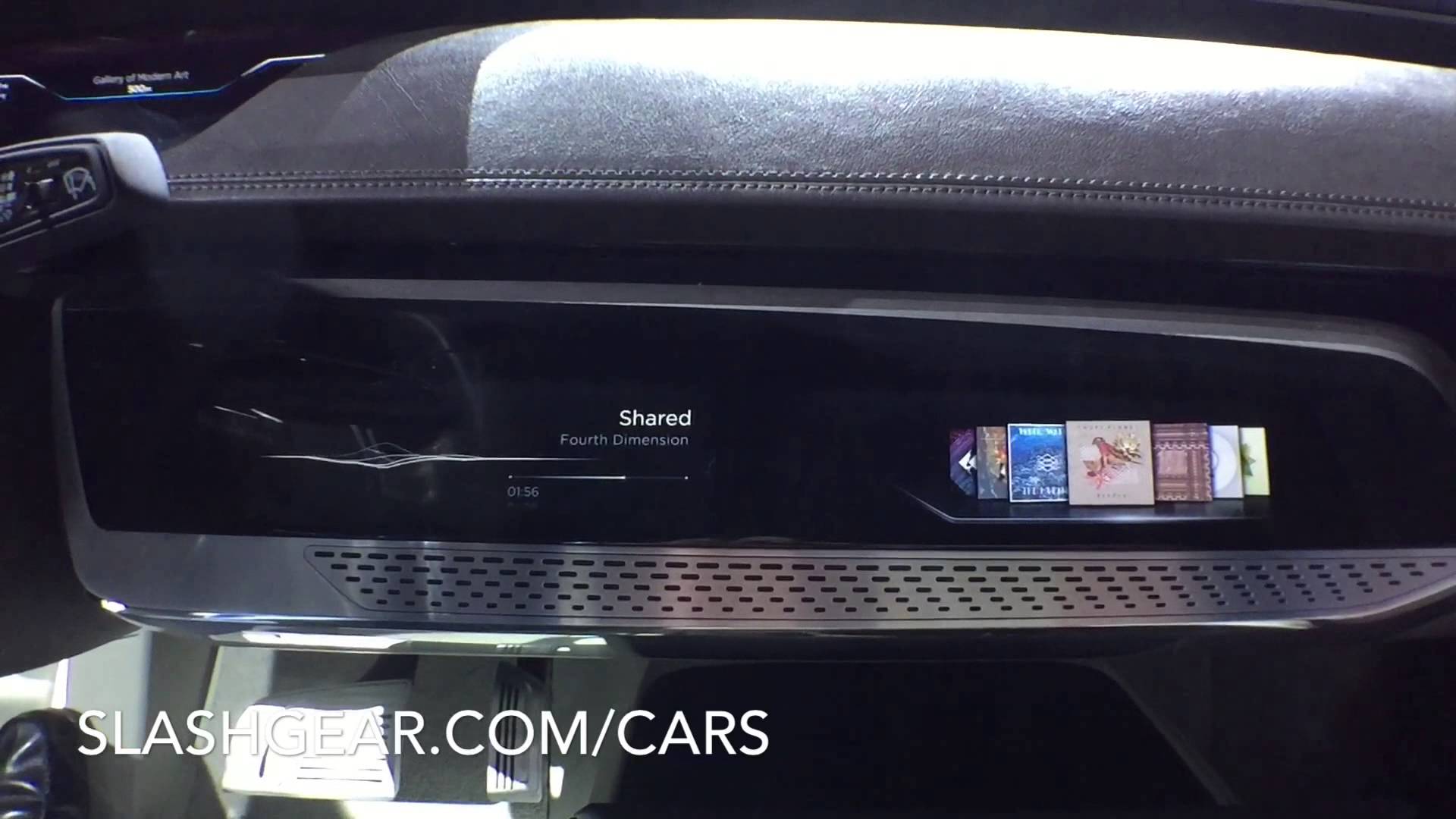
LG really, really wants your next TV, smartwatch, and car to use an OLED panel and, preferably, one that’s come off its new $8.71bn production line. The company’s panel arm, LG Display, has announced a whopping 1.84 trillion South Korean Won investment into a brand new facility dubbed P10, which will cater for what LG predicts will be blockbuster demand for OLED in a range of sizes.
That $8.71bn is only the tip of the iceberg, mind, and the plant — to be constructed in Paju, Gyeonggi Province, Korea — is expected to eventually cost more than five times that amount.
Construction will begin this year, with the initial investment expected to cover the P10 building itself, the foundations for its clean rooms, and the various components of infrastructure for water and power supplies.